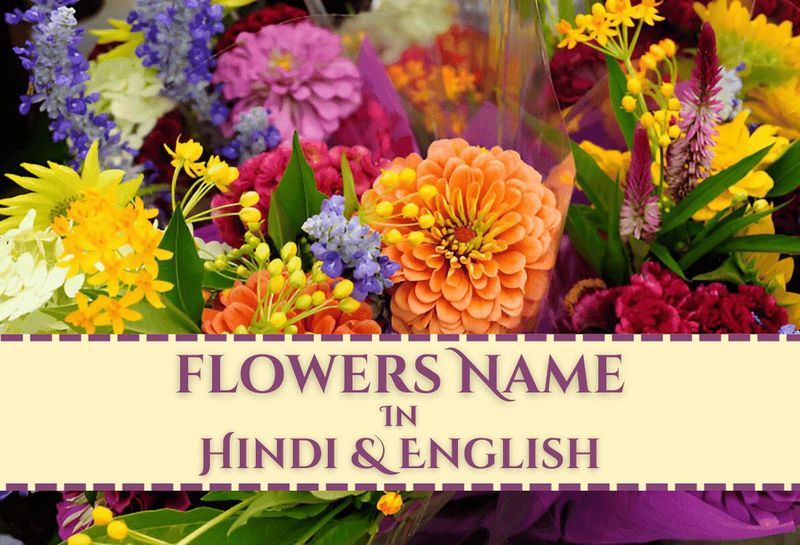The Role of Visual Learning in Early Childhood Education
Visual learning plays a major role in how young children understand and remember new information. From the time they begin to explore the world around them, children rely on what they see to make sense of shapes, colours, letters, and everyday objects. Visuals not only capture their attention but also help them connect words with real things, making learning more effective.
In early childhood, kids learn best when lessons are simple, colourful, and connected to their daily experiences. That is why picture books, flashcards, posters, and videos are used so often at this stage. These tools help build early vocabulary and develop memory skills without adding pressure.
Why Visuals Work So Well for Young Learners
Children between the ages of two and six are naturally curious. They respond more quickly to pictures than to long explanations. When they see an object and hear its name at the same time, they are more likely to remember it. For example, if a child sees a picture of an apple while hearing the word “apple,” the brain makes a strong connection between the image and the word.
This method works especially well in language development. Teaching names of objects, animals, colours, and even plants becomes easier when a picture is added. The child begins to recognise the item, say its name, and eventually understand where it fits in the world.
Using Nature-Based Visuals to Teach Vocabulary
One of the easiest ways to use visuals in early learning is by using nature. Plants, animals, insects, and flowers offer plenty of visual material that children already notice in their surroundings. When you match these with words, especially in the child’s native language, learning becomes even more powerful.
For example, many parents and teachers now introduce children to basic vocabulary by showing them pictures of flowers and teaching them their names in Hindi. This helps children improve language skills while also building a connection with nature and culture.
A useful and easy-to-understand resource for this is this page on 100 Flowers Name and pictures in Hindi
It includes simple names with pictures that make it easier for children to remember and pronounce the words correctly.
Even if you only spend a few minutes a day looking at such visuals with your child, it can make a lasting impact on their word memory and observation skills.
Visual Learning Builds Confidence
Another big advantage of visual learning is confidence building. When a child is able to name something correctly after seeing a picture, it gives them a sense of achievement. This motivates them to keep learning more. It also helps them feel comfortable speaking in both their mother tongue and in school environments.
Children often feel proud when they can point at something and say its name. Simple moments like identifying a flower or an animal in Hindi or English can boost their self-esteem and encourage further learning.
Supporting Visual Learning at Home
Parents do not need fancy tools to help children learn visually. Small efforts at home can make a big difference. Use family photo books, picture charts, illustrated storybooks, or even printed flashcards to introduce new words and ideas. Keep the language simple and talk with your child as you show them each picture.
When going outside, point to things and name them. Ask your child what colour something is or what it's called. You can also play games where your child has to find objects shown in pictures or match names to images. These activities build strong mental connections and make learning enjoyable.
Final Thoughts
Visual learning is one of the most natural and effective methods for teaching young children. It supports language, memory, observation, and confidence, all through simple and meaningful experiences. By including visuals in daily conversations and activities, parents and teachers can help children become active learners from an early age.
Whether it’s naming flowers in Hindi or identifying fruits in the kitchen, every image is a chance to learn. And with the right resources and a little daily practice, learning through visuals becomes not only easy but also fun.
โฆษณา
- ดาวน์โหลดแอปพลิเคชัน
- © 2025 Blockdit


